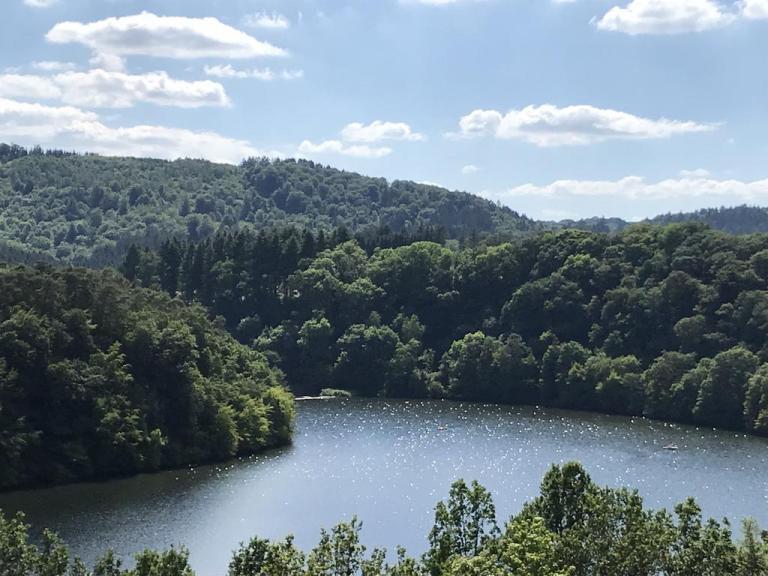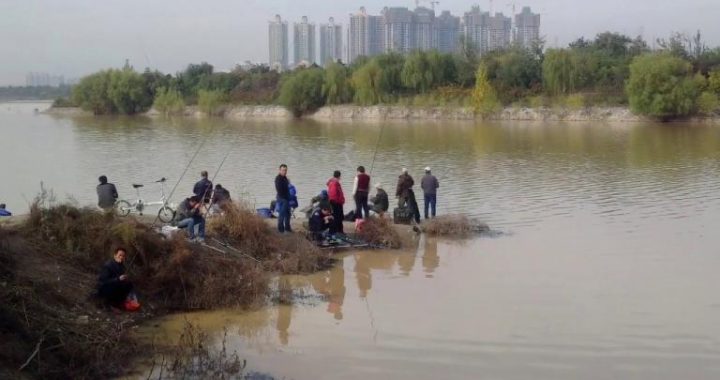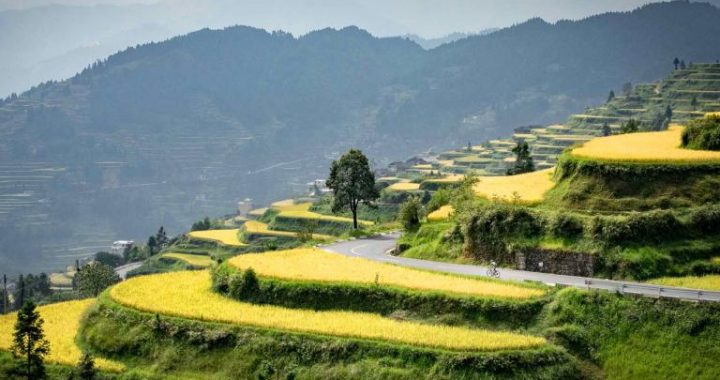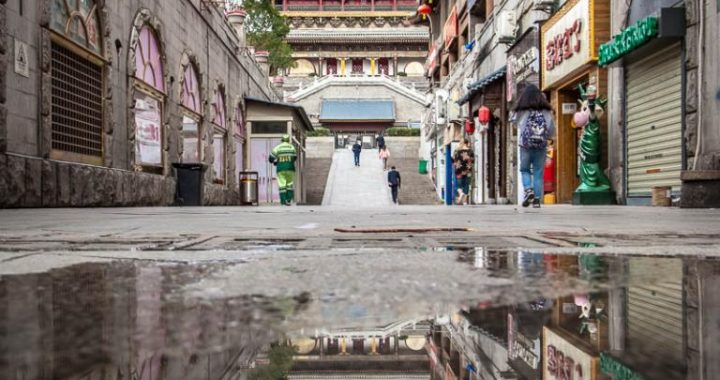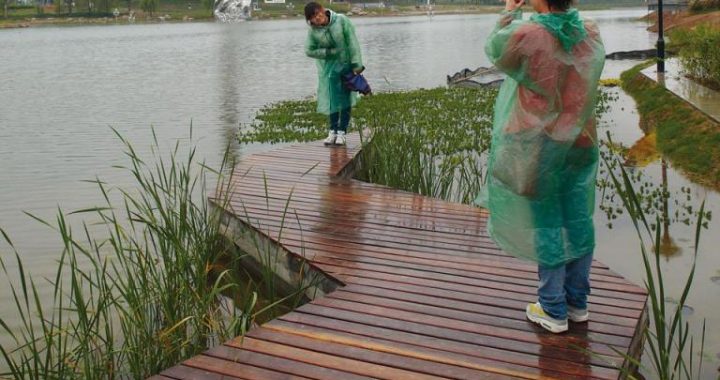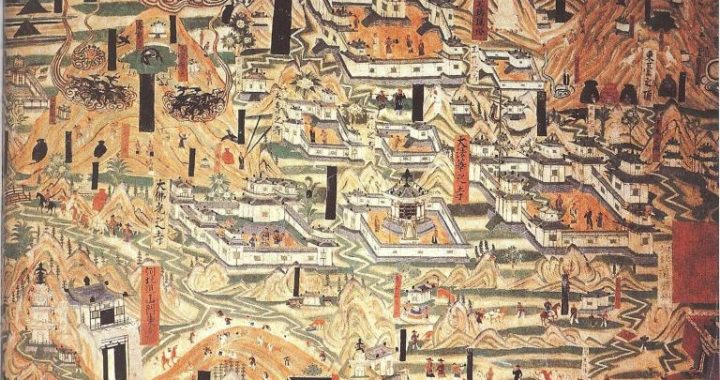Scenic Beauty around the Bahe River
6 min readWhen wandering around Xi’ an City, one is supposed to be able to appreciate the beauty there, mainly because of the ancient stories that maybe hidden everywhere,a wall brick at the corner,a little stone under their feet,a horizontally inscribed board or an old tree by the road, they may all have their own stories. During my childhood, apart from swimming in the Bahe River,I enjoyed watching the elders playing Chinese chess and considered it a sort of entertainment. At the time,I had actually no idea of Chu He Han Jie(the border of two opposing powers in Chinese chess),the only one thing about chess that I knew was that the rooks could dash around madly,the cannons could knockout its enemies from a distance,and that the pawns,unfortunately,can only consolidate a step at a time.
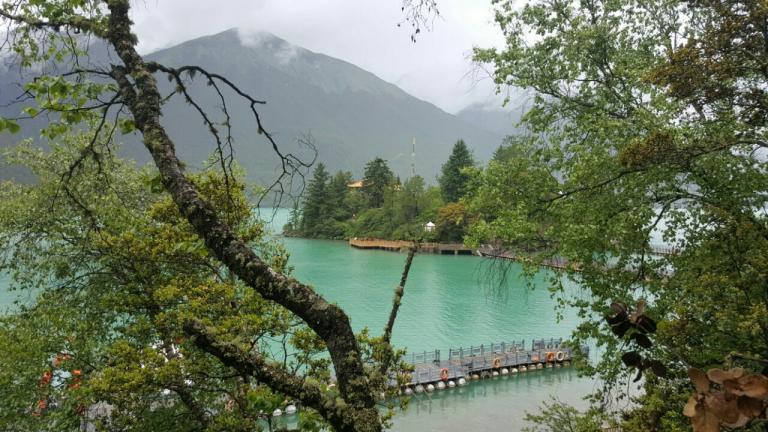
As I grew older,I gradually got to know about the Chu He Han Jie and the Bashang area,and got to know that they were all in my hometown.
Bashang is located on the banks of the Bashe River,and hence its name.
Bashang is always linked closely with the Ba Bridge.I have travelled around the world,I have been to the New York Times Square,to the Champs Elysees in Paris,I have always viewed and admired the Cristo Redentor in Brazil.All these sites and monuments have become the totems of their respective cities.And what about the totem for the Chan-Bahe River area?Well,I believe Ba Bridge should be it.
Building bridges over the Bahe River holds a long history which could be Building bridges over the Bahe River has a long history which could be traced back to the times of Duke Mu of Qin (one of the Five Hegemonies for the period of Spring and Autumn) when, according to historical materials, people would interlock their boats so as to make a natant bridge when the tide was high, and makeshift bridges would be set up when the water of Bahe River ebbed. The bridge was so associated with the Baha River that people named the bridge “Ba Bridge”after the river.
The bridges over the Bahe River could trace its history back to ancient times, however, it is the bridge constructed in Sui and Tang Dynasties that enjoys the greatest reputation. Chan-Bahe River area is the only path which must be traversed when travelling from Chang’ an to the east, and the Ba Bridge is the key junction of the east-west-north transportation route. As early as the period between Qin and Han Dynasties, bridges have been constructed over the Bahe River. Afterwards, during the times of Wang Mang regime of Han Dynasty, the bridge was renamed as the”Changcun Bridge”(Bridge of Perpetuation). In 583A.D. when Emperor Wen of Sui was on the throne, the capital was moved from Chang’ an to the Daxing City. Daxing was located to the southeast of Chang’ an City, so the bridge was bult 5 kelometers to the its southeast. During the Qin and Han Dynasties,a new bridge was constructed in order to make the transportation more convenient. The new bridge was built with stones in a new style, straightly facing the Tonghua Gate of Daxing(namely Chang’ an City of Tang Dynasty), as a result, the communication between the capital and the eastern areas was improved significantly. During the Tang Dynasty, the Ba Bridge became unprecedentedly prosperous due to the population explosion. In 704A.D. when Emperor Zhongzong of Tang was on the throne, the BaBridge facilitated the crossing of a vast population consisting people and vehicles, which was located in the intersection between Tongguan Pass Road, Pujin Pass Road and Lantian Pass Road.A new bridge was built to the south of the bridge of Sui Dynasty and the west-east thus releving the traffic stress on the traffic. In 785A.D. when the Emperor Dezong of Tang was in the throne, the government renovated the bridges that were over the Chanhe River and the Bahe River with the timber from the old locust trees that were fallen from the sides of the street, in Chang’ an City. Unfortunately, after the downfall of the Tang Dynasty, the Ba Bridge was gradually submerged by the river sands.
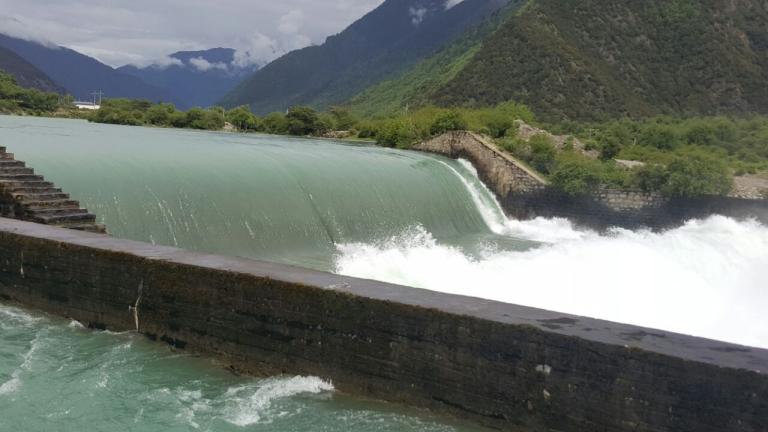
In April 1994,a piece of stone carving which is of the head of Chinesedragon was dug when the villagers of Liuxiang Village, Ba Bridge County were digging into the sands in the Bahe River. Upon the excavation by the Archaeological Institute of Shaanxi Province, an ancient bridge site was discovered 2 meters beneath the river. As per the remains of unearthed glasstile fragments, the experts concluded that the bridge is but the prestigious Ba Bridge constructed during the Sui and Tang Dynasties. This discovery made a big news both locally and internationally, and was awarded the title as being one of 1994 Ten Most Important Archaeological Discoveries inChina. During the National Day holiday in 2004, the Bahe River rose, and several hours later,11 bridge piers in the shape of boats emerged from the benchland, confirming the archaeological discovery made 10 years ago.
To this day, altogether 11 piers have been unearthed, but as per the conjectured breadth of the Bahe River, it is assumed that there should bemore than 40. Therefore, it is believed that a large part of the Ba Bridge which was constructed during the Sui Dynasty is still buried under the river sands. It would be a spectacular site, it would be if the whole bridge were unearthed! For a long time, the Zhaozhou Bridge was universally acknowledged by the academic community, as the earliest stone arch bridge that existed in the world. Yet, the Ba Bridge is possibly 20 years earlier than the Zhaozhou Bridge with superior construction technology. Although the upper part of the Ba Bridge has been destroyed over time, it is still a major multihole stone arch bridge, with the largest span and scale, as well as the oldest in today’s China, thus occupying an important place in China’s history of ancient bridges.
The willows alongside the Bahe River is considered as one of eight scenic locations in ancient Chang’ an,”Ba Liu Feng Xue”(catkins were so flourishing in the late spring that they paint a picture of snowflakes dancing in the air) and has attracted so many men of letters to chant and poetizeabout it. Comparing catkins to the dancing snowflakes is just a brilliantmetaphor which originally made its appearance in the Shi Shuo Xin Yu(New Saying of the World) by Liu Yiqing,a great litterateur of the Northern Dynasty, showcasing the literary pursuits of the Xie An’s family(Xie An, apowerful official of the East Jin Dynasty(371-420)). Since then, metaphors were often used to create a link between the catkins and snowflakes, hence, the expression of “Ba Liu Feng Xue”.
“Ba Liu Feng Xue”occupies an important position within the eight scenic locations in the Central Shaanxi Plain. According to a legend that was circulating among the folk people, Yuchi Jingde (a famous general of Tang Dynasty) led the workers to dam up the Bahe River with stones, and instructed them to plant willows along the river banks. At this time, by chance a poet passed by and marveled at the beautiful scenery that was before him. Beautiful shades were created by the willows which were enriched by the flowers undet the river embarkment that were in full bloom. He could not help but gasped in admiration:”Ba Liu Feng Xue, flowersin full bloom, what a wonderful view!”From that day on, the wording of”Ba Liu Feng Xue”has been passed down from generation to generation.
Bahe River, which has its source in the Langu Valley in Qinling Mountains, which traverses the eastern suburbs of Changan and flows northward tothe Weihe River. Stretching over the Bahe River, Ba Bridge has been the communication hub between Xi’ an and the east area throughout the ages, and has long enjoyed a good reputation for its magnificent shape and thebeautiful scenery that surrounds it. In the vicinity of the Ba Bridge, the bridges are of antique beauty with stone laid road, and the water is shallow and clear. The green twigs and the vimineous leaves of the willows, together with the willow catkins like flower and snow, compose a beautiful scene: the willow catkins flying along the Bahe River are like snow dancing in the wind, caressing your entire face.
Nearby the Ba Bridge, upon the arrival of late spring came, it is possible to see countless pliable twigs of the willows swing with the wind in a translucent atmosphere. The willow catkins dancing in the wind are like snow falling from the firmament in winter, ethereal, romantic, and full of poetic charm.
